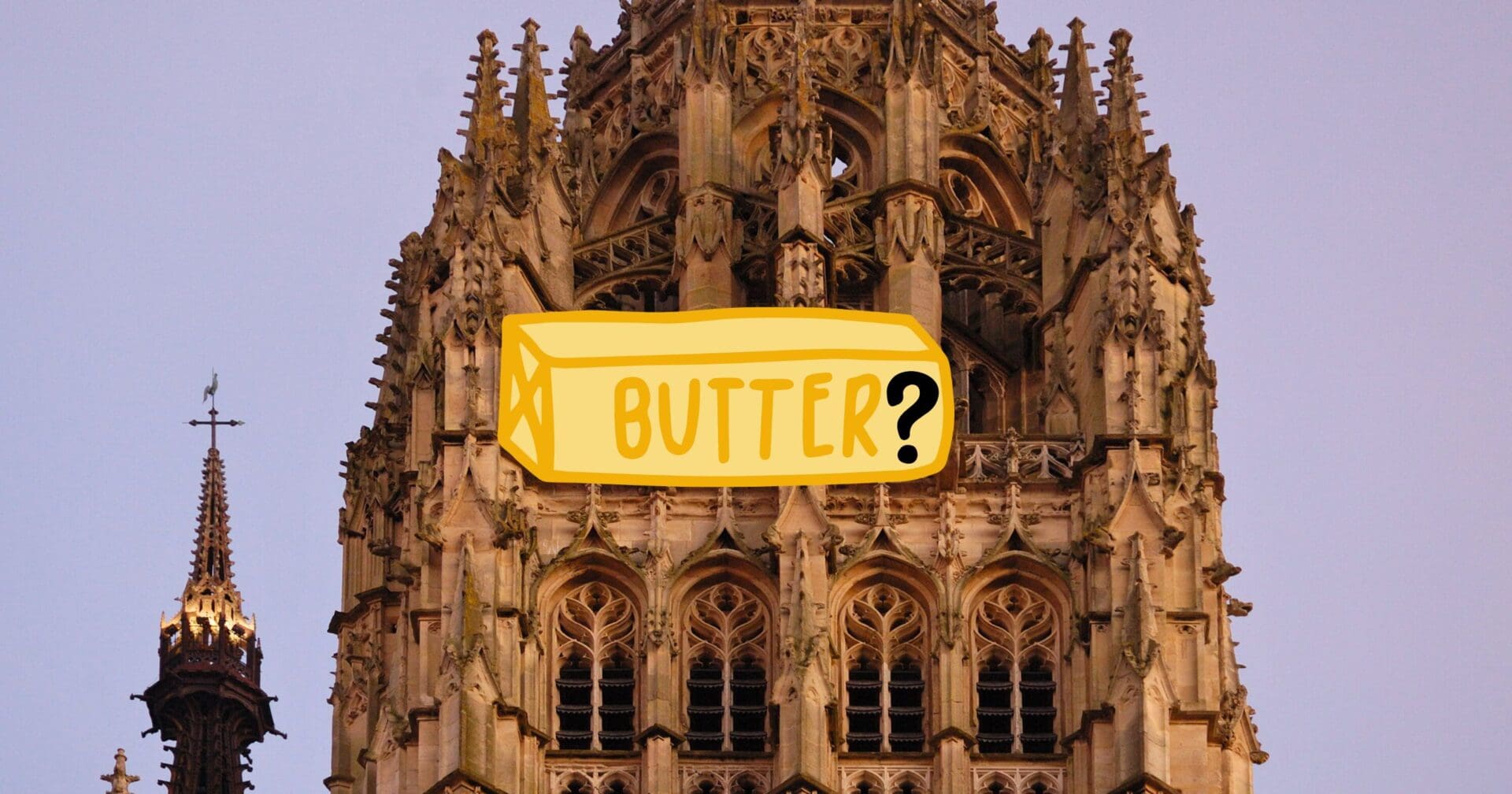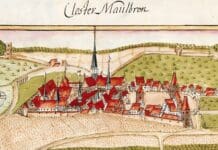Nestled in the heart of Normandy, France, the Rouen Cathedral is a marvel of over eight centuries of architectural evolution, from Early Gothic to the Renaissance. But did you know this majestic structure also carries a deliciously unique name – the 🧈 “Butter” Tower? Here’s the intriguing story behind it!
The cathedral, a prime example of religious architecture, has witnessed numerous expansions and reconstructions. One of its notable features is the Butter Tower, an exquisite piece of late Gothic Flamboyant style. Constructed between 1488 and 1506, this tower stands out for more than its architectural grandeur. It owes its name to a unique medieval fundraising strategy linked to fasting during Lent in the Catholic Church.
During Lent, the consumption of dairy products was traditionally restricted. However, Cardinal Georges d’Amboise, a significant proponent in the cathedral’s history, obtained a papal dispensation allowing donors to the tower’s construction to consume butter during Lent. This dispensation, in exchange for contributions, led to the tower being fondly nicknamed the Butter Tower.
The cathedral also houses an impressive collection of seventy bells, including sixty-four in the Saint-Romain Tower and six in the Butter Tower, together forming France’s heaviest peal with a combined weight of thirty-six tons.
The Butter Tower ended up being more than just a name. Today, it’s a celebration of faith and community effort embodying the cathedral’s rich history within the Church.
As we prepare for this upcoming Lenten season and we reflect on the themes of sacrifice and charity, let’s remember the Butter Cathedral of Rouen – a symbol of community spirit, architectural brilliance, and a Lenten dispensation that makes history both fascinating and relatable!
Photo credit: Romanceor via Wikimedia Commons















